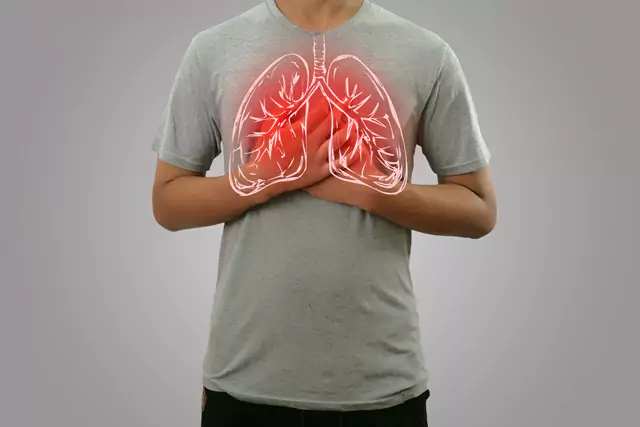
PATIENTS
Pulmonary Embolism (PE)


A pulmonary embolism (PE) is a serious condition where a blood clot blocks blood flow to an artery in your lungs. Most of the time, these clots form in the deep veins of your legs—this condition is known as deep vein thrombosis (DVT)—and then travel to your lungs.

Recognizing the signs of a pulmonary embolism is crucial.
Symptoms can vary based on the size of the clot and how much of your lung is affected. Here are the common symptoms you should be aware of:
- Shortness of Breath
- Chest Pain
- Fainting or Passing Out
Causes of Pulmonary Embolism
A pulmonary embolism happens when a blood clot or other material gets lodged in an artery in your lungs. While blood clots from the deep veins of the legs are the most common cause, there are other potentially harmful materials that can also lead to a blockage, such as:
- Fat: This can come from a broken long bone.
- Tumor Fragments: Pieces of a tumor can break off and travel to the lungs.
- Air Bubbles: These can also lead to serious complications.
Taking steps to prevent blood clots in your legs can significantly lower your risk of developing a pulmonary embolism.
Remember, understanding your body and recognizing these warning signs can help you stay safe and healthy. Always talk to your healthcare provider if you have concerns or questions about your risk for blood clots or pulmonary embolism.


